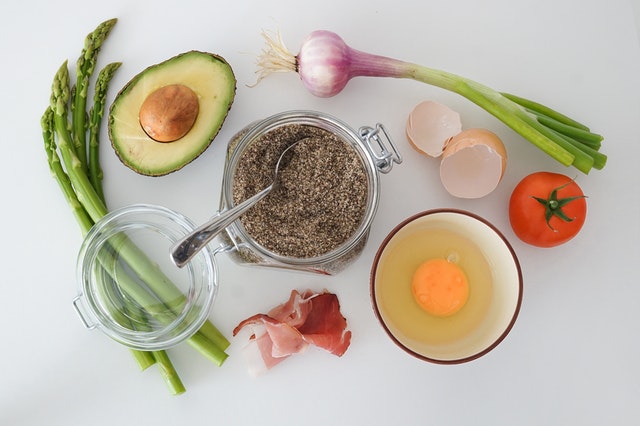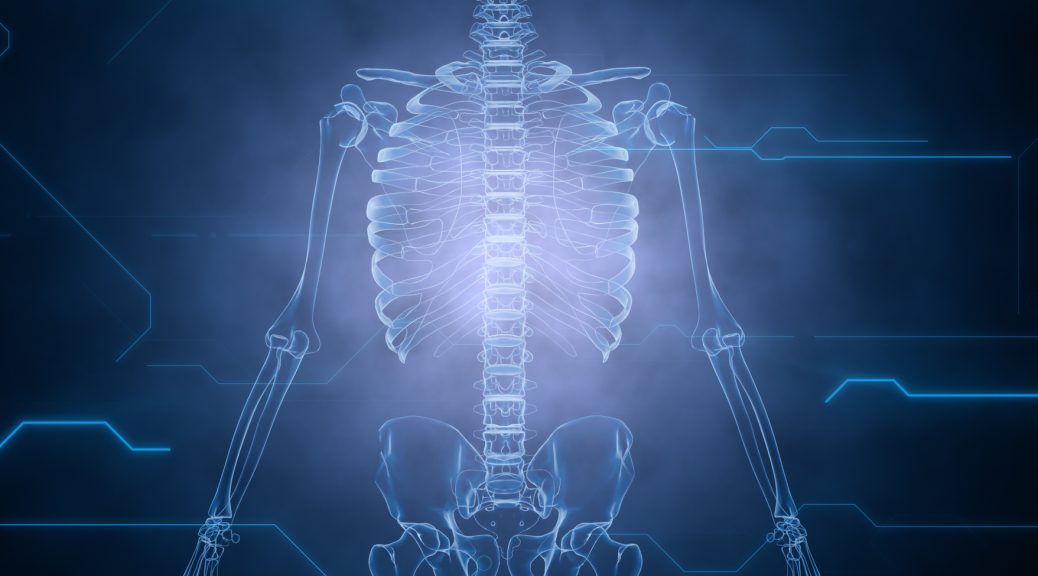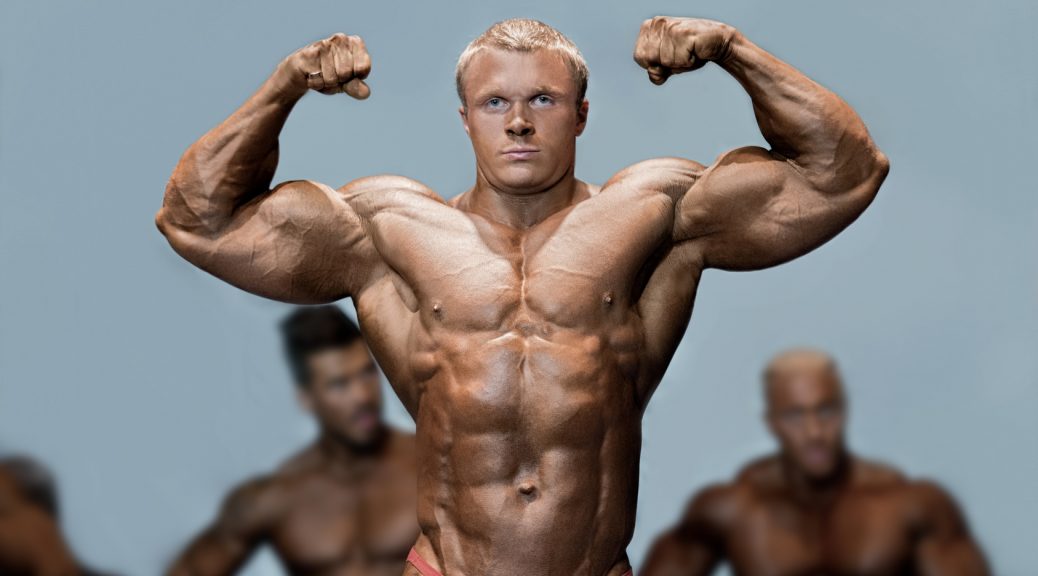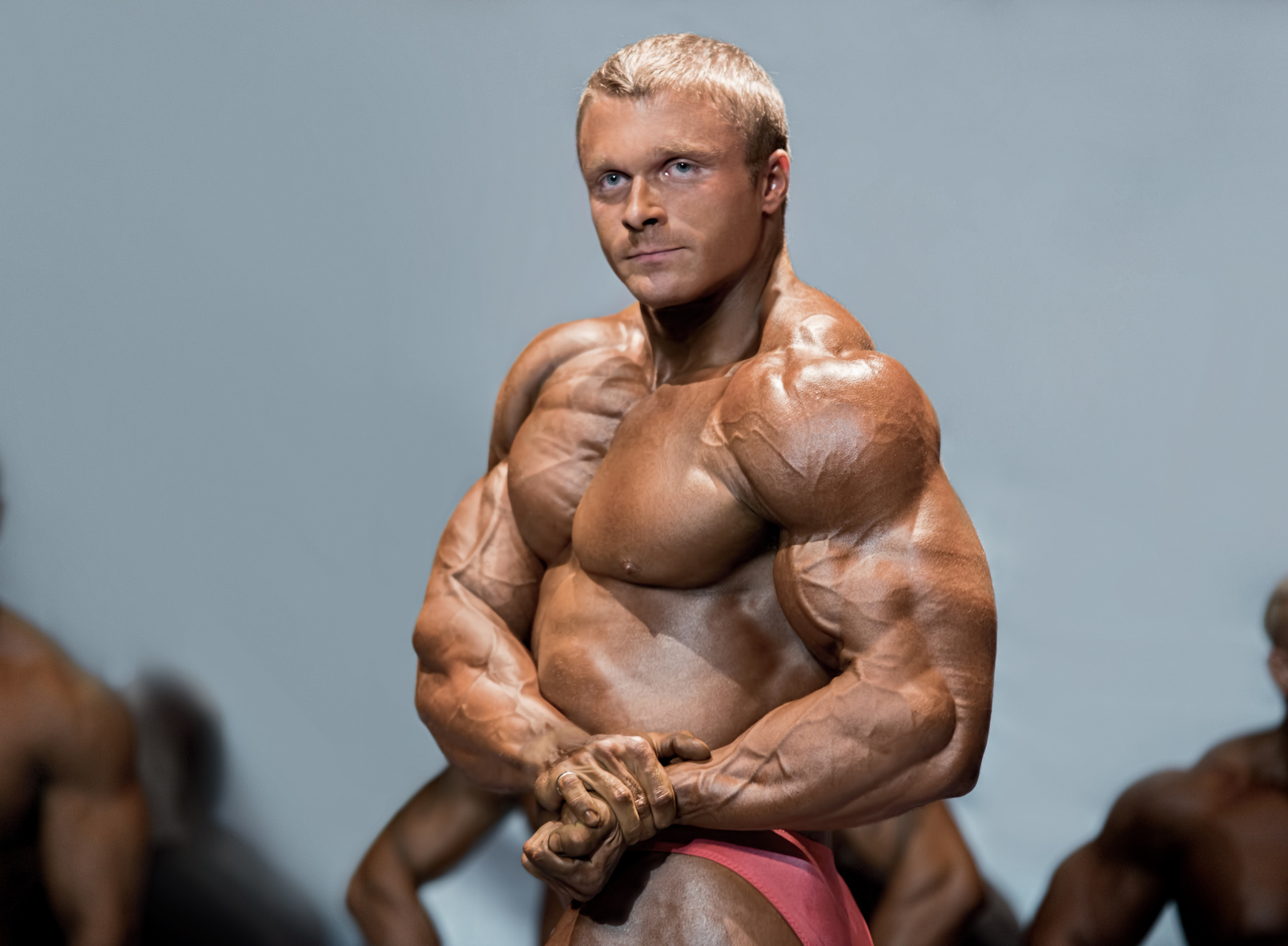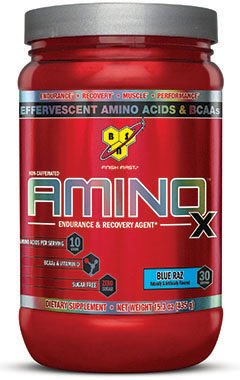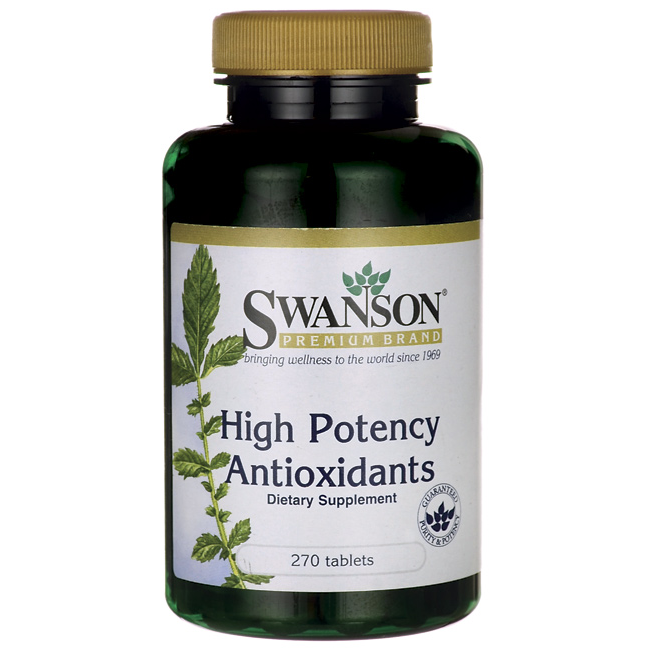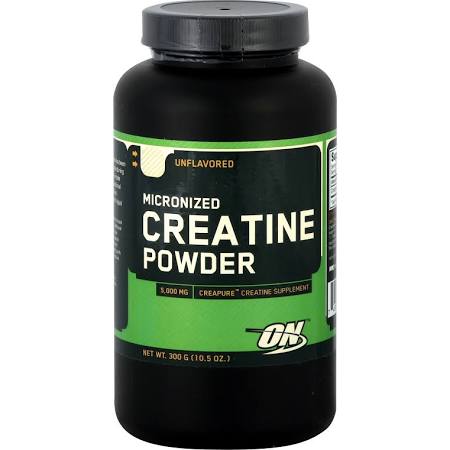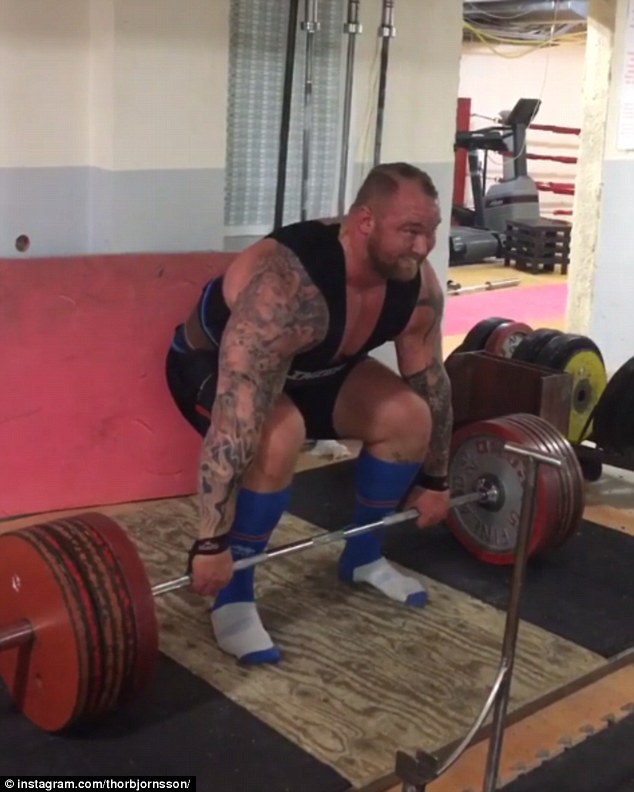Staying in shape usually requires a lot of hard work and discipline. However, it can be easier if you enjoy doing it. So, here are six ways to stay fit and have a lot of fun in the process.
Swimming
This is a great activity for the summer, but not exclusively related to summer months. Swimming in lakes, rivers or the sea is an enjoyable activity for most, but the fun doesn’t have to end when it gets cold. Visit your local swimming pool and get a season pass to just keep swimming whenever you feel like it. Swimming is beneficial for the proper functioning of your cardiovascular system, it tones your muscles and, at the same time, it keeps the pressure off your joints and bones. This is particularly valuable benefit for people suffering from arthritis or similar conditions, since it’s especially hard for them to stay active and fit by doing other activities which require too much leg or arm work.
Cycling
To most of us, there’s nothing like the fresh air on our face while cycling, so this activity definitely falls under the category of fun. Bikes don’t have to be too expensive, and once you buy one, they don’t require too much maintenance, so they are a great investment. The wonderful thing about it is that you get to choose the scenery you prefer and just cycle wherever you want. Cycling is easy on the joints while it helps you build strength, and not to mention muscles. It does wonders for your heart and the cardiovascular system, while it helps you burn calories and get rid of those extra pounds. And there are special raincoats for bikers, so you don’t have to let rain or wind stop you from doing what you love and being in a good shape.
Skateboarding
This is an action sport, but it can also be a wonderful recreational activity. It’s an outdoor activity and breathing in the fresh air is always good for you. Plus, it makes it faster and more fun to get from one place to another. It’s easy to get a quality skateboard and appropriate protective equipment, so you’ll be set to go in no time. Skateboarding provides ankle flexibility, improves your balance and coordination, while burning calories. It tones your leg and stomach muscles and you use your arms for balancing, all at the same time.
Skiing
This is an amazing activity for all those who love winter and snow. Skis can even be rented, so you don’t have to buy your own. If you don’t know how to ski, you can always learn by getting instructions. Skiing will make your bones and joints stronger, improve the state of your cardiovascular system and strengthen your lower body muscles. Besides that, it will alleviate stress and you will sleep better afterwards. Plus, it burns calories, which makes it even more useful.
Rock climbing
Not only is rock climbing beneficial to your body, but also to your mind. This is another great outdoor activity for those who are adventurous and enjoy nature. However, if this is not the case, there are gyms with indoor artificial rocks and climbing walls. Rock climbing will boost strength in your arms, legs, back and neck, while improving your breathing and heart rate. You have to activate most of your muscle groups and your whole body in order to climb walls or rocks, so this activity will definitely get you in shape and keep you that way. Also, it clears your mind, gives you more confidence and it relieves the stress. So, choose an interesting place and get going!
Martial arts
This used to mean mostly karate, judo or taekwondo, but it’s not the case anymore. Today, you can take up Krav Maga or Mixed Martial Arts instead. Martial arts will increase your strength, mobility and flexibility. They will also improve your concentration and lower your blood pressure, while helping you stay healthy and in shape. You can even choose to practice indoors or outdoors, whichever you like better.
It’s not that hard to be fit when you’re having fun. So, try to have a good time while keeping in shape and doing exercise. After all, that’s the point of it all.
Luke is a fitness and health blogger at Ripped-Science.com and Ripped.me and a great fan of the gym and a healthy diet. He follows the trends in fitness, gym and healthy life and loves to share his knowledge through useful and informative articles. https://twitter.com/mrlukeidouglas







